Midwinter Musings
Cathy M Koos
Well, here we are at another quarter marking of the Covid calendar. As I write this during the holidays, California is in the “purple” category and we are deep in another surge of the pandemic and disruptions of daily life. Stay-At-Home orders for me means browsing. Browsing the internet, browsing books in my personal library, and using email and the phone as my inspirational lifelines.
Worldwide Web Finds
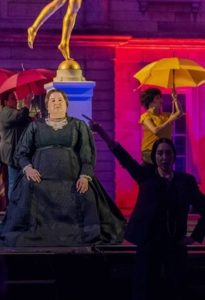
(The Met)
https://www.metmuseum.org/ The Metropolitan Museum of Art, affectionately know as The Met by its fans, has a wonderful website with a vast assortment of art. Art history, collections, online publications, kid stuff – you name it. The Met online is a pleasant diversion on a rainy day. It will fill your mind with ideas and spark your creativity
Textile Fragment Collection, https://museum.gwu.edu/cotsen-textile-traces-study-collection
This lovely collection of fragment bits spans many processes and centuries.
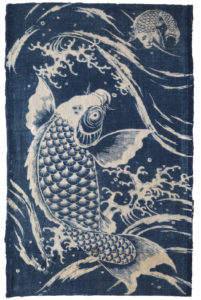
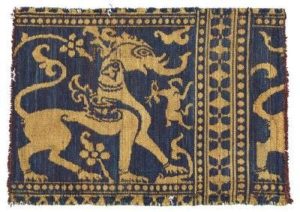 From their site: “Our museum houses one of the world’s most significant textile study collections ever assembled. Nearly 4,000 fragments from Asia, the Middle East, Africa, Europe, and the Americas offer insights into human creativity from antiquity to the present. Cornerstones of the collection are fragments from Japan, China, pre-Columbian Peru, and 16th- to 18th-century Europe. Textile Traces represents a lifetime of collecting by business leader and philanthropist Lloyd Cotsen (1929–2017).”
From their site: “Our museum houses one of the world’s most significant textile study collections ever assembled. Nearly 4,000 fragments from Asia, the Middle East, Africa, Europe, and the Americas offer insights into human creativity from antiquity to the present. Cornerstones of the collection are fragments from Japan, China, pre-Columbian Peru, and 16th- to 18th-century Europe. Textile Traces represents a lifetime of collecting by business leader and philanthropist Lloyd Cotsen (1929–2017).”
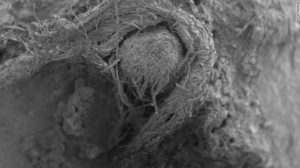
CNN
World’s Oldest Yarn Found
A pretty cool Neanderthal find in France: https://www.cnn.com/2020/04/09/world/oldest-yarn-neanderthals-scn/index.html?fbclid=IwAR2psGlW2PNBzVwsPgx5zyk8bKCHZuT-qVLoPOXwi8u6CE4lssN0VfKhamk
Letter From Norway
https://norwegiantextileletter.com/article/flesbergplegg-intro/ The Norwegian Textile Letter is a wonderful free e-publication. Put out quarterly from Minnesota, the Letter focuses on a variety of Scandinavian textile techniques such as Bandweaving, bound weave, Icelandic weaving, rya and even articles on ethical collection of lichens. 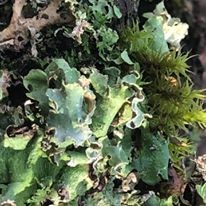 In their latest issue, they highlight the Flesberg technique, which is a style of 3-shaft bound Rosepath which originated in the Flesberg region of Norway, this style of coverlet weave.
In their latest issue, they highlight the Flesberg technique, which is a style of 3-shaft bound Rosepath which originated in the Flesberg region of Norway, this style of coverlet weave.
YouTube
Earlier this year when I knew I would be on isolation due to lengthy chemotherapy, I bought a knitting machine. Concentration was gone for a while and now I have some peripheral neuropathy in my hands and feet, so while hand knitting and loom treadling are out, I think this knitting machine is just the ticket! And there are tons and tons of YouTube tutorials on all sorts of topics.
While not a replacement for in-person classes, it certainly does help!
And just so you don’t think all social media is a waste of time:
Historic Fabric Weaving is a grand page on Facebook, dedicated to weavers wishing to recreate historical fabrics.
Historic Tablet Weaving, also on Facebook is a group dedicated to sharing historic tablet weaving resources, sharing projects and help others with their projects.
And here are some more Facebook pages: Weaving MacGyvers; Weaving For Clothes; Textile History Forum; Weaving with 4-Shaft Looms or More; Nettles for Textiles
Some of these pages are closed to members only, but it is a simple application process – answer a few questions, agree to be civil, and you should be accepted.